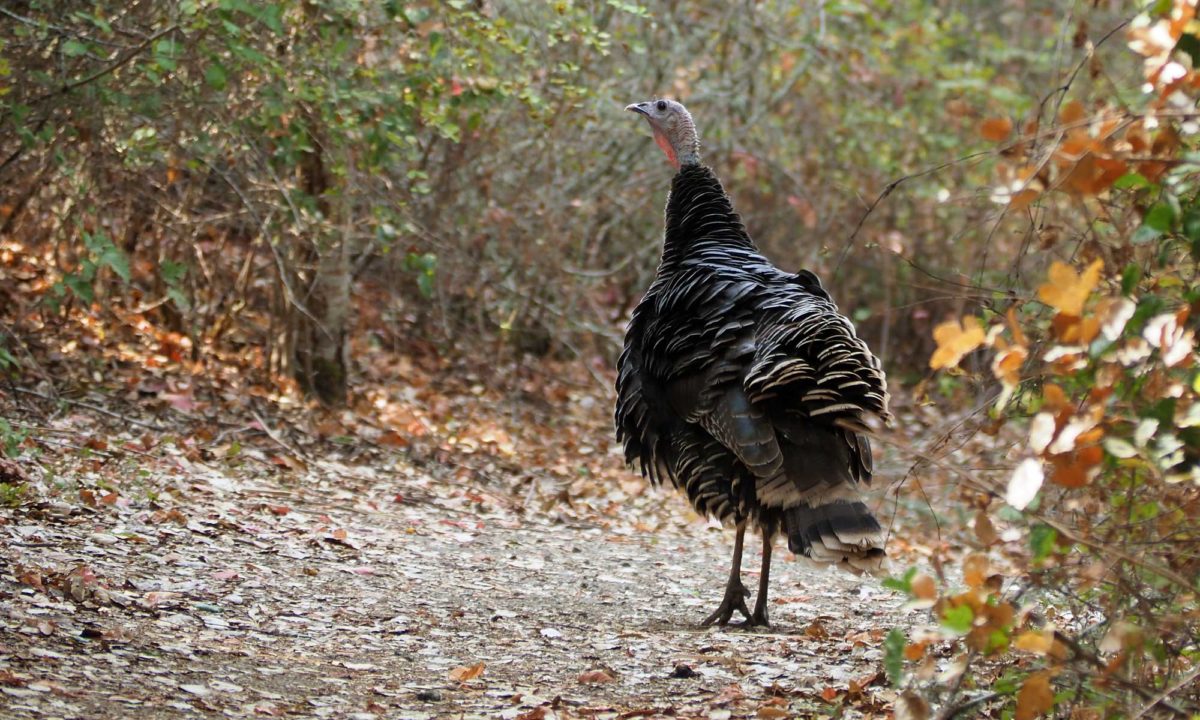Many West Coast watersheds are being overtaken by invasive plants that threaten to degrade these sensitive, wild areas. Plants are classified as invasive weeds when they create a monoculture that crowds out native plant communities.
The Friends of Foothills Park quickly recognized the danger that invasive weeds posed to this valuable nature preserve. In the 1997 Adamson Report, a city consultant recommended that $1.4 million be spent over four years for restoration work in the park. This money was never appropriated. The Friends, assisted by the California Native Plant Society, rallied to protect the park and have been actively engaged in restoration work ever since.
The Friends have identified four target weeds for control in Foothills Park: 1) French broom, 2) Italian thistle, 3) Yellowstar thistle, 4) Poison hemlock.
Yellowstar thistle is native to the Mediterranean. It first appeared in the U.S. during the Gold Rush when ranchers imported alfalfa. While California offers a Mediterranean climate, it lacks the natural insects and other predators which held the thistle in check at home.
Yellowstar has become the most common plant in California, quickly dominating any area it invades. It emits a substance that stunts the growth of nearby plants (allelopathy). It sends a tap root deep into the ground to suck available moisture from the soil. It is also a prodigious seed producer. In 1965 about 1.2 million acres of this plant were found. Today, Yellowstar thistle infests more than 20 million acres according to a recent study by the California Department of Food and Agriculture.
Techniques for Controlling Invasive Weeds
- Manual removal (see the Bradley Method by Fuller and Barbe)
- Plastic sheets
- Mulching with cardboard and wood chips
- Mowing
- Herbicide spraying
- Grazing animals
- Controlled burns
- Biological controls
Volunteering
To assist The Friends of Foothills Preserve in the removal of invasive species, see the Volunteering page.
